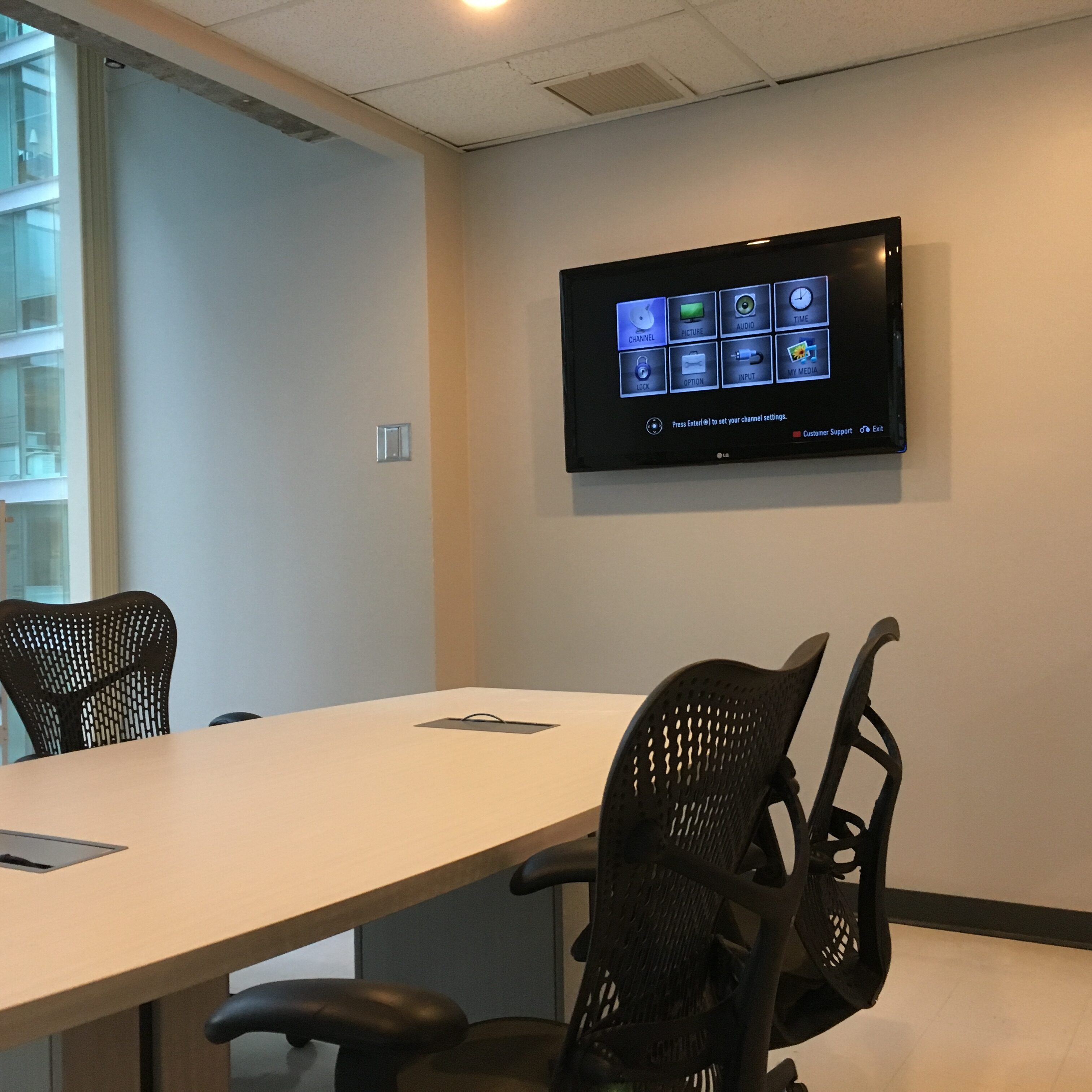One of the first steps in effective audio positioning is to assess the size and configuration of the business space. Different areas may have unique sound properties that influence how audio behaves. For instance, large, expansive areas may need more speakers to guarantee uniform sound coverage, while compact, confined spaces might benefit from less speakers positioned thoughtfully to avoid overloading the listener. Additionally, the materials used in the building of the area, such as partitions, floors, and ceilings, can affect audio bounce and absorption. Comprehending these factors helps in determining the best positions for audio units.
Another important factor is the kind of audio being played. Ambient tunes in a coffee shop, announcements in a retail store, or presentations in a conference room all necessitate varied audio setups. For instance, in a restaurant, speakers should be placed to create a pleasant ambiance without overpowering conversations. In contrast, in a retail environment, speakers may need to be located to make sure that advertising messages are distinctly audible throughout the space. Customizing the speaker positioning to the particular audio requirements of the setting can significantly improve the complete atmosphere.
The elevation and tilt of the audio units also have a major role in audio coverage. Positioning audio units at ear level can help ensure that sound reaches the audience efficiently. Additionally, angling audio units towards the middle of the space can assist focus sound where it is needed most. This is find more information particularly important in areas with tall roofs, where audio can easily dissipate. By carefully considering the height and direction of the speakers, businesses can establish a more engaging sound experience that maintains customers engaged and employees focused.
Ultimately, consistent assessment and modification of audio positioning are crucial for maintaining optimal sound performance. As the layout of a business area changes, or as new fixtures and accessories are introduced, the sound characteristics may shift. Performing regular evaluations can assist detect any problems with audio distribution and enable for necessary adjustments. By prioritizing strategic audio positioning and continuous assessment, companies can ensure that their commercial spaces offer a inviting and pleasant acoustic environment for everyone.
